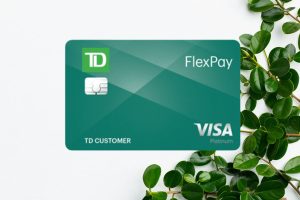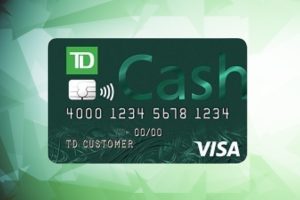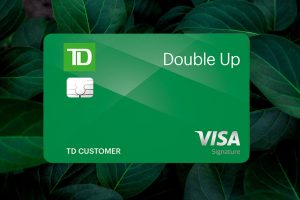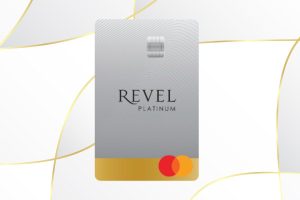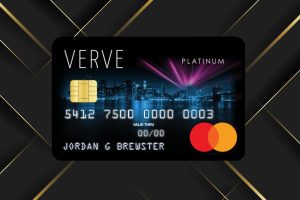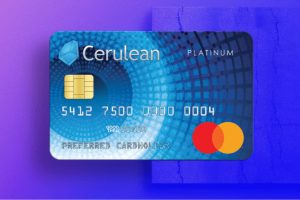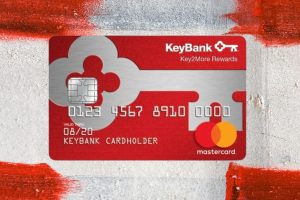In a world driven by convenience and innovation, contactless payments are becoming the go-to method for transactions in the United States. With just a tap of your card, smartphone, or smartwatch, you can complete purchases faster than ever before. But as this technology gains momentum, questions arise: Are contactless payments safe? And are they worth the switch from traditional payment methods? Let’s explore this revolutionary shift in the way we pay and what it means for consumers in the U.S.
What Are Contactless Payments?

At their core, contactless payments are a form of transaction that uses Near Field Communication (NFC) technology. This allows two devices—your payment method (like a card or phone) and a payment terminal—to communicate securely over a short range, typically within a few centimeters.
Instead of inserting your card into a reader or handing it to a cashier, you simply hold it near the terminal, wait for a confirmation beep or notification, and your payment is done. Digital wallets such as Apple Pay, Google Pay, and Samsung Pay use the same underlying technology, offering additional convenience and features for users.
Imagine grabbing your morning coffee: you tap your phone on the terminal, and voilà—payment done before your latte cools down. This simplicity is part of what’s fueling the rise of contactless payments.
The Rise of Contactless Payments in the U.S.
While countries like the U.K. and Canada embraced this technology early, the U.S. was slower to adopt. However, several factors have contributed to its rise:
- The COVID-19 Pandemic: Hygiene concerns during the pandemic drastically shifted consumer behavior. Americans began to favor touch-free solutions, and businesses quickly adapted by upgrading payment terminals to accept contactless options.
- Technological Advancements: With the widespread availability of NFC-enabled cards and the growth of smartphones with built-in digital wallets, consumers have more ways than ever to pay contactlessly.
- Retailer Adoption: Major U.S. retailers, from grocery chains to coffee shops, have embraced the technology. Even public transportation systems in cities like New York, Chicago, and Los Angeles now support contactless payments for faster boarding.
- Changing Consumer Expectations: Modern consumers demand speed and simplicity. Contactless payments meet these expectations by reducing transaction times, often taking less than a second to process.
In cities like New York and San Francisco, public transit systems now accept contactless payments, further encouraging adoption.
Benefits of Contactless Payments
Contactless payments offer a host of benefits that go beyond convenience. Here’s why they’re becoming a staple in the U.S. financial landscape:
1. Speed and Efficiency
Time is money, and contactless payments save both. Transactions are significantly faster compared to swiping or inserting a card. For retailers, this means shorter lines and happier customers. For consumers, it means getting on with your day faster.
2. Improved Security
Contrary to initial skepticism, contactless payments are highly secure. Each transaction uses a one-time encrypted code, making it nearly impossible for hackers to intercept or replicate. Additionally, NFC technology operates only within a short range, adding another layer of protection.
3. Hygiene and Safety
The pandemic heightened awareness about germs on shared surfaces. Contactless payments eliminate the need to handle cash, pens, or PIN pads, offering a cleaner and safer way to pay.
4. Compatibility with Digital Wallets
Services like Apple Pay and Google Pay enhance the contactless experience by adding extra security layers like biometric authentication. They also allow you to store multiple cards, making it easier to manage your finances.
Comparing Contactless Payments to Traditional Methods
When comparing contactless payments to traditional methods, the advantages become clear. Contactless payments are significantly faster, requiring no PIN or signature, and their use of encrypted, dynamic transaction codes ensures superior security compared to the vulnerability of magnetic stripe cloning.
Additionally, the convenience of no physical handover and seamless integration with digital wallets makes contactless options more practical for modern, tech-savvy consumers. These features highlight why many are embracing this innovative payment method over traditional cards or cash.
| Aspect | Contactless Payments | Traditional Methods |
| Speed | Faster; no PIN or signature needed | Slower; requires PIN or signature |
| Security | Encrypted, dynamic transaction codes | Susceptible to cloning (mag stripe) |
| Convenience | No physical handover; integrates with digital wallets | Card or cash must be physically exchanged |
Are Contactless Payments Worth It?
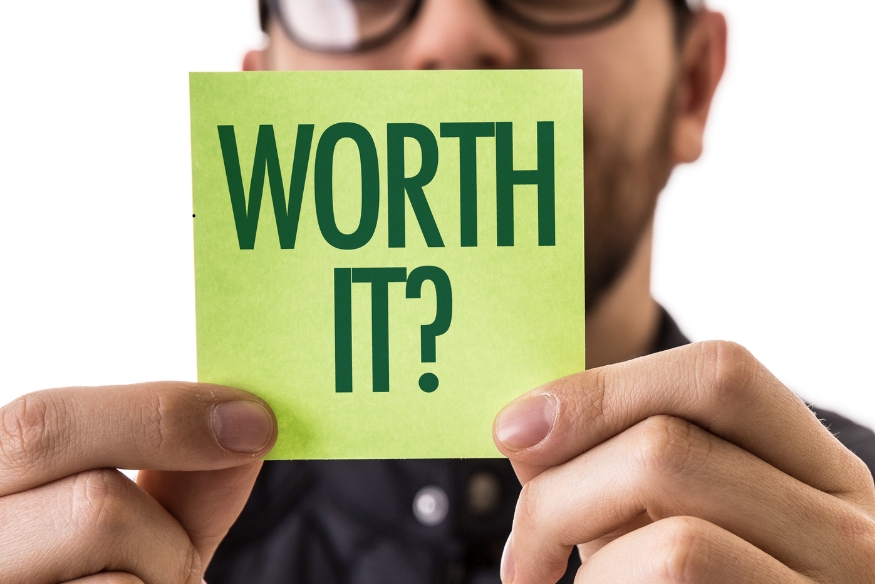
For most consumers, the answer is a resounding yes. Contactless payments offer unparalleled convenience, speed, and security, making them ideal for everyday transactions like grocery shopping, coffee runs, and commuting. However, they work best when paired with good financial habits. Here are some tips to maximize the benefits:
- Monitor Your Statements
Regularly review your bank statements for unauthorized transactions, especially if you frequently use contactless payments. - Set Spending Alerts
Many banking apps allow you to set alerts for transactions over a certain amount. This feature can help you catch unusual activity early. - Keep a Backup Payment Method
Whether it’s a traditional card or some cash, having a backup payment method ensures you’re prepared for situations where contactless payments might not be an option.
FAQ: Common Concerns About Contactless Payments
Q: Are contactless payments really secure?
A: Yes, they are highly secure. Each transaction uses dynamic encryption, creating a unique, one-time code that cannot be reused or intercepted effectively. Additionally, digital wallets like Apple Pay and Google Pay often require biometric authentication, such as a fingerprint or facial recognition, adding another layer of protection.
Q: What happens if I lose my contactless-enabled card?
A: Losing your card can be concerning, as thieves might make small purchases without a PIN. However, most U.S. banks offer robust fraud protection. You can freeze your card quickly through your banking app, and unauthorized transactions are typically refunded once reported.
Q: Are contactless payments available everywhere?
A: Not yet, but adoption is growing rapidly. While some smaller businesses and rural areas may still lack the necessary infrastructure, more retailers are upgrading their systems, making contactless payments increasingly accessible across the U.S.
The Potential Drawbacks of Contactless Payments
Despite their convenience and security, contactless payments come with a few challenges worth considering:
Spending Limits
To reduce fraud, banks and card issuers often impose spending caps on contactless transactions. While this precaution enhances security, it can be inconvenient when making larger purchases, requiring you to revert to traditional payment methods.
Dependence on Technology
Contactless payments rely entirely on functioning NFC technology. If the terminal is out of order or your phone runs out of battery, you may find yourself unable to complete a transaction. It’s always wise to have a backup payment option, such as cash or a physical card.
Privacy Concerns
While contactless transactions are encrypted and secure, some consumers worry about data privacy. Questions about how banks and retailers store or use payment data remain a valid concern, especially as digital technology becomes more integrated into everyday life.
By staying aware of these drawbacks, consumers can make informed decisions and maximize the benefits of contactless payments while mitigating potential risks.
The Future of Contactless Payments in the U.S.
The evolution of contactless payments is shaping a more seamless and secure payment experience. Here’s a glimpse into what’s ahead:
1. Payments on the Go: Wearables Take Over
Imagine paying for groceries or public transit with just a tap of your smartwatch, fitness tracker, or even a smart ring. These devices are becoming more than just accessories—they’re turning into powerful tools for effortless transactions, further simplifying daily life.
2. Beyond Retail: A Broader Reach
Contactless payments are breaking out of the retail space and entering new domains:
- Healthcare: Patients could pay for treatments or prescriptions with just a tap.
- Education: Universities are exploring contactless systems for cafeteria purchases and campus services.
- Everyday Convenience: From vending machines to parking meters, NFC technology is expanding accessibility for small, frequent transactions.
3. The Next Level of Security
Emerging technologies are addressing consumer concerns around safety:
- Biometric Authentication: Fingerprint and facial recognition are adding personalized layers of protection.
- Blockchain Integration: Advanced encryption and decentralized systems promise to reduce fraud and secure transactions even further.
As these trends unfold, contactless payments are poised to redefine how Americans manage money, blending convenience with cutting-edge innovation. The future of payments is closer—and more connected—than ever.
A Tap Toward Tomorrow: Embracing the Future of Payments
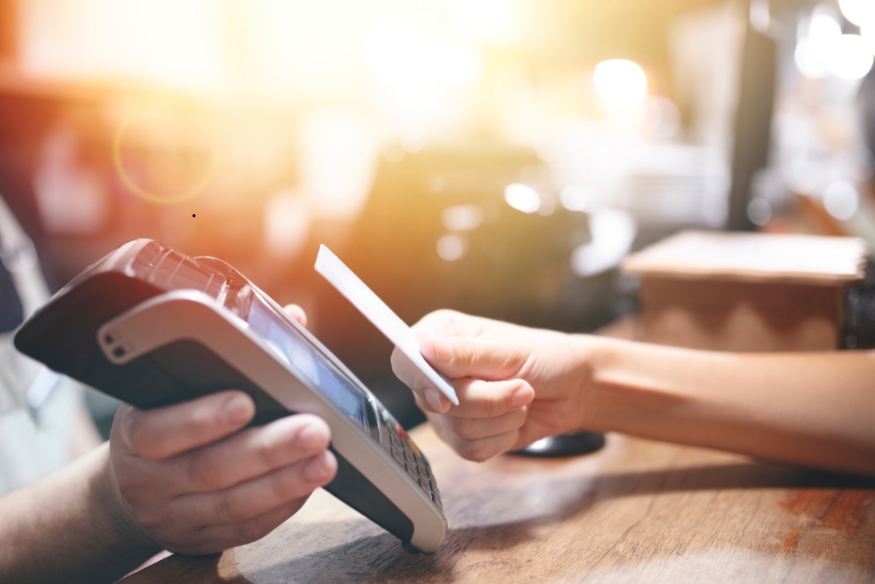
The rise of contactless payments in the U.S. marks a significant shift in how Americans handle their finances. With their speed, convenience, and robust security features, they’re quickly becoming the preferred method for transactions. While there are valid concerns to consider, the benefits far outweigh the drawbacks for most user
Are contactless payments the future? It certainly seems so. As technology continues to evolve, adopting these new payment methods can simplify your life while keeping your transactions safe. So, next time you’re at the checkout counter, why not give it a tap?


